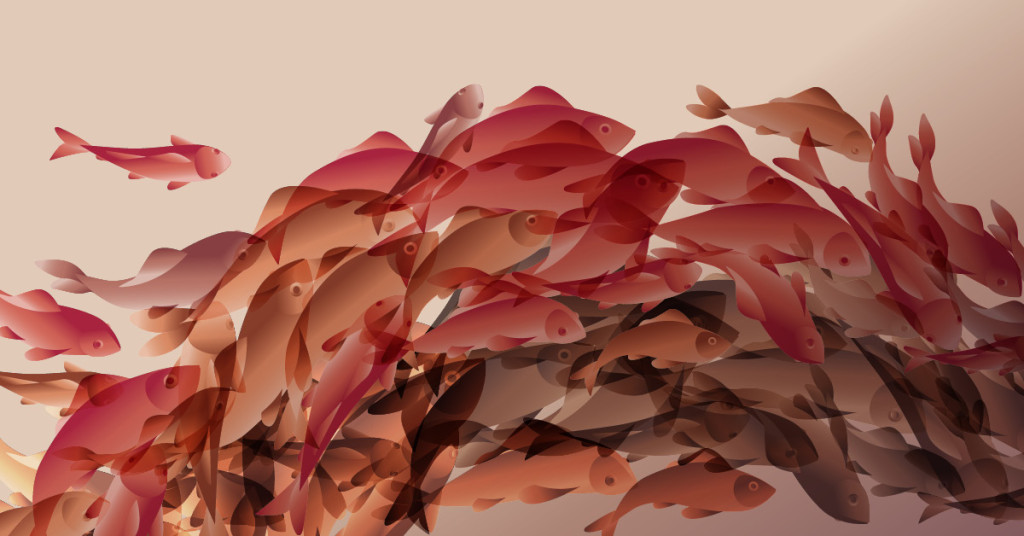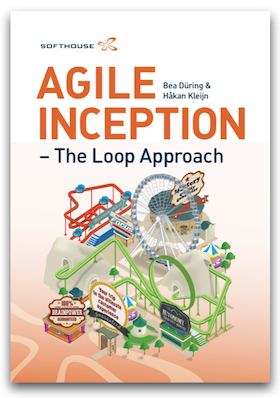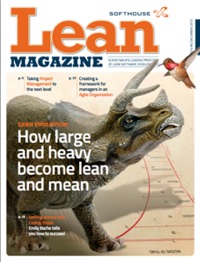
A few years ago, Bonnitta Roy was thinking about what kind of organizational architecture would reflect the natural human dynamics of self-organization.
This kind of structure would build trust in self-organizing teams, because there would no longer be a disconnect between how teams operated and how organizational power itself was structured. In addition, such an organization would enable companies to scale and remain agile.
From these thoughts she created OPO, Open Participatory Organization, a way to codify some of the more favorable business practices that she had implemented earlier in organizations. Her original idea was to design a template and a suite of simple tools and protocols that would allow people to start-up smarter without having to learn by making all the same mistakes.
As Bonnitta and her colleagues have been working more and more with agile coaches and consultants, they realized that the OPO could expand the agile vision, and help agile organizations to scale without compromising their principles or performance.
“We hope that eventually the OPO template and tools can help larger organizations that want to decentralize or transition from strong hierarchies to distributed leadership,” she says. ”We can help them navigate the complexity of such an undertaking by developing simple protocols that generate the rich environments necessary for companies to become ‘innovation-ready’ and for seeding self-organized teams.”
How would you summarize OPO and which problems in today’s organizations does it solve?
“OPO is a set of templates, protocols and tools that enable people to explore and go further with self-organization. Its most important features are these:
- Develop organizational patterns through the notion of locations rather than roles
- Create strategic depth by building in strategic perspectives all the way through from top-tier leadership to core operational teams.
- Understand how self-organization generates high-performance teams.
Our assessment tool, which is called TAP (Team Action Potential), visualizes action potentials that emerge only at the team level. TAP enables teams to visualize the subtly sensed context changes in the environment and/or underlying state transitions in team dynamics.
There are several popular frameworks for scaling Agile in big organizations, for example Less and Safe. How does OPO differ from these?
“The OPO identifies certain ‘moves’ that clearly signal when an approach is destined to fail at scale. In this case failing means escalating complexity beyond the threshold of positive ROI, where R is performance and I is training and execution time. One of the challenges the other approaches have is in not seeing that factors that are successful on the scale of small teams, are actually the key obstacles to success at larger scales, beyond a certain threshold.
Scaling the right way

The main insight here is that scaling is not a matter of learning how to do the same things bigger and better (i.e. at scale) but retraining teams to do things differently – to generate new patterns of self-organization. In the past, we have resorted to distributing operations through roles that were associated with power relationships and path dependencies. Therefore, the OPO says we have to rethink the notion of roles, because roles inherently distribute performance and escalate path dependencies. Scaling performance means tapping into team dynamics that we would call synergistic, and are similar to flow states. Scaling agile performance, from the OPO perspective, is an emergent property of complex human relating.”
“So the first step in the OPO approach is for teams to understand how self-organization happens, and why we can trust it as an evolving component of being human. We can then begin to work through what holds us back from realizing the kinds of synergistic flow that athletes on certain sports teams describe. This is where various types of mindfulness training and conscious leadership practices are coming into greater use. It’s becoming part of our radar in organizations.”
What do you think will happen in the near and long-term future regarding OPO?
“‘OPO’ is a kind of meme I invented to attract curious and like-minded people interested in reinventing organizational life. Because it is based on what I half-jokingly call the ‘source code’ of human relating, anyone who is willing to throw aside unexamined assumptions and the ideology of the ‘professional management class’ will eventually discover the same deep operating principles of self-organization.
Reinventing organizational life together
My hope with my own organization, APP AI, is to bring together a network of professionals and practitioners, who are interested in reinventing organizational life, so people can flourish as individuals, and their organizations can thrive. I believe that only after a prolonged period of collaborative, innovative experiments in applying open participatory practices to collective life, will we reach the vantage point where we can adequately address the most challenging questions of our time.”
Two important approaches using OPO to deal with change
#1: The organization’s starting position
“The OPO doesn’t have a constitution or charter, or ideal governance structure. Rather, the OPO emphasizes governance as patterns of practices that evolve through ongoing participation. This is a necessary component of being an agile, responsive organization. We are interested in staying as close to the reality of the current context and conditions as possible and what is implicitly operating, perhaps even at a subconscious level, as we respond to adaptive pressures and opportunities as they emerge both inside our organization and in the business environment.”
#2: The four languages of change
“The more Lean & Agile companies rely on self-organization, the more they function just like a complete living ecology in nature. Resilience theory has demonstrated that there are four dynamics that must operate to generate complex adaptive ecologies. Resilience theory has found the same four dynamics operate in economic systems. The OPO extends the basic insights into the field of strategic leadership. We teach leaders from top tier to team level, to reflect on past experiences, to examine current conditions, and to narrate future positions from each of these by using four different perspectives, or languages, associated with each of these dynamics. A healthy, resilient agile and responsive organization will always have all four dynamics in play.”


